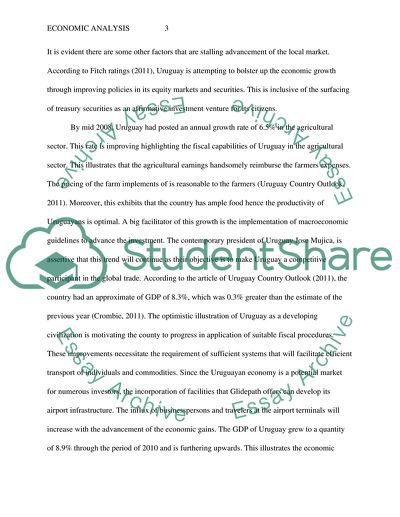Cite this document
(The Comparison of Economic Growth in Uruguay and Argentina Term Paper, n.d.)
The Comparison of Economic Growth in Uruguay and Argentina Term Paper. Retrieved from https://studentshare.org/macro-microeconomics/1773495-economic-analysis-choose-two-south-american-countries-other-than-chile-you-think-might-be-suitable-for-glidepaths-baggage-handling-systems-compare-and-contrast-the-macroeconomic-situation-in-these-two-countries-by-analysing-each-countrys
The Comparison of Economic Growth in Uruguay and Argentina Term Paper. Retrieved from https://studentshare.org/macro-microeconomics/1773495-economic-analysis-choose-two-south-american-countries-other-than-chile-you-think-might-be-suitable-for-glidepaths-baggage-handling-systems-compare-and-contrast-the-macroeconomic-situation-in-these-two-countries-by-analysing-each-countrys
(The Comparison of Economic Growth in Uruguay and Argentina Term Paper)
The Comparison of Economic Growth in Uruguay and Argentina Term Paper. https://studentshare.org/macro-microeconomics/1773495-economic-analysis-choose-two-south-american-countries-other-than-chile-you-think-might-be-suitable-for-glidepaths-baggage-handling-systems-compare-and-contrast-the-macroeconomic-situation-in-these-two-countries-by-analysing-each-countrys.
The Comparison of Economic Growth in Uruguay and Argentina Term Paper. https://studentshare.org/macro-microeconomics/1773495-economic-analysis-choose-two-south-american-countries-other-than-chile-you-think-might-be-suitable-for-glidepaths-baggage-handling-systems-compare-and-contrast-the-macroeconomic-situation-in-these-two-countries-by-analysing-each-countrys.
“The Comparison of Economic Growth in Uruguay and Argentina Term Paper”, n.d. https://studentshare.org/macro-microeconomics/1773495-economic-analysis-choose-two-south-american-countries-other-than-chile-you-think-might-be-suitable-for-glidepaths-baggage-handling-systems-compare-and-contrast-the-macroeconomic-situation-in-these-two-countries-by-analysing-each-countrys.


